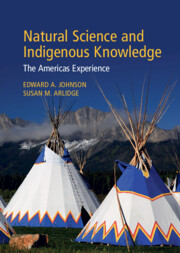
- Cited by 1
-
Cited byCrossref Citations
This Book has been cited by the following publications. This list is generated based on data provided by Crossref.
Stoffle, Richard Van Vlack, Kathleen Bell, Alannah and Eguino Uribe, Bianca 2024. Storied Rocks: Portals to Other Dimensions. Arts, Vol. 13, Issue. 6, p. 168.
- Publisher:
- Cambridge University Press
- Online publication date:
- April 2024
- Print publication year:
- 2024
- Online ISBN:
- 9781009416665


